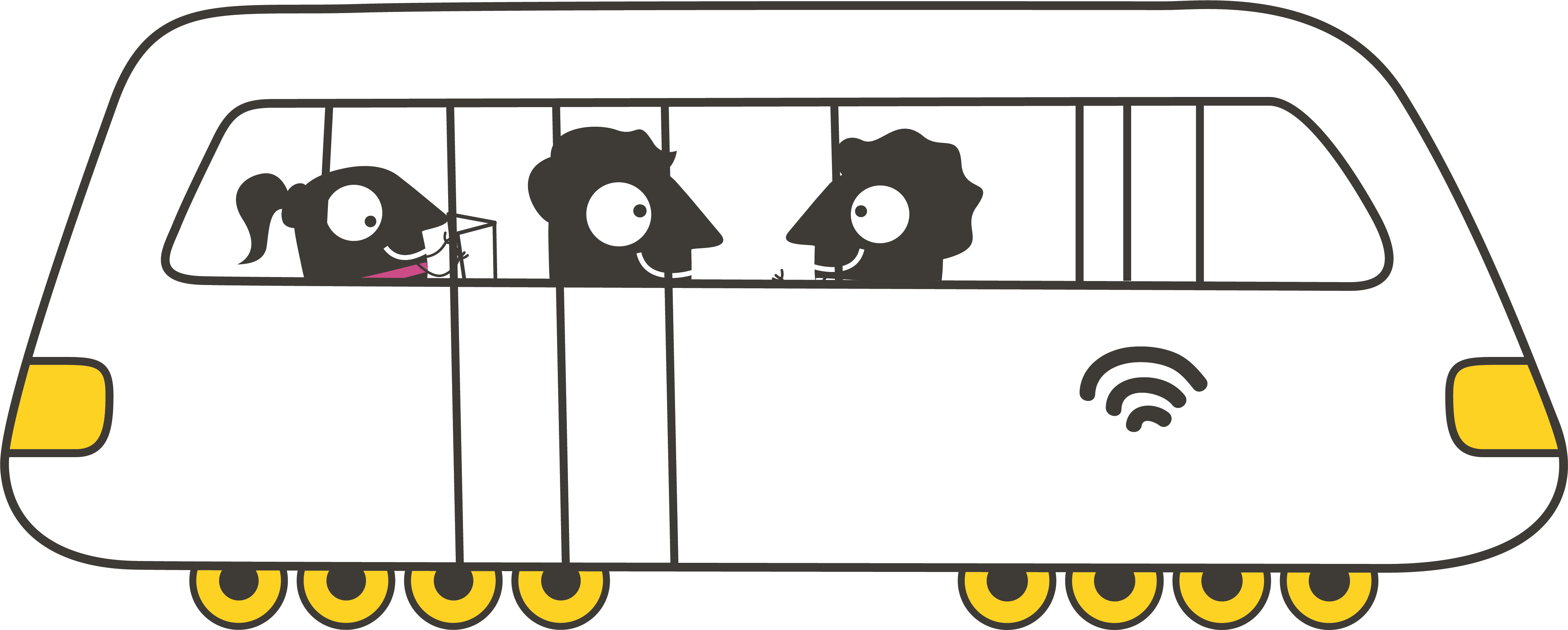In this interview, Pia Primec, National Coordinator for EUROPEANMOBILITYWEEK in Slovenia, shares insights on the challenges and successes in the campaign. She also reflects on her own experience in shifting mobility habits and the inspiring success of small municipalities like Solčava in making a meaningful contribution to sustainable mobility.
Tell us a bit about yourself and your background and how you ended up becoming a National Coordinator.
Before becoming National Coordinator, I was a Local Coordinator, so I understand how challenging it is to prepare and coordinate a campaign. I have to admit that when I started to work in sustainable mobility, I was using a car. I didn’t change my habits until I faced an illness, and I was away from work for more than half a year. Afterwards, I could see that waking up and facing a traffic jam was really challenging for me. That was the trigger I needed to change my mobility habits. Now, I’m using trains. The train stop is 35 mins walking distance to my office. But I do it anyway because I have noticed that I need this walk. It makes me feel ready to face work in the morning and then ready for my three small children in the afternoon.
Mobility habits are something that need to be talked about. A co-worker supported me in the transition away from the car. We both took our bikes on the train and then rode together from the station to the office. I think having this support or guidance, especially right at the beginning, is very important. I see my role as the National Coordinator in a similar way. Guiding municipalities and showing that it is possible to make changes to our mobility habits.
How has the campaign in Slovenia changed since you joined?
I started in 2019, when there were 78 participating municipalities, and we now have 120! That’s roughly 65% of all the municipalities in the country. Overall, over 500 campaign activities were implemented, reaching more than 10% of the population of Slovenia. One change we have enacted is to really push decision makers to personally use sustainable transport modes so that they can experience how challenging it is to be a pedestrian or cyclist in their municipality. In this way, they can see where more effort and money need to be invested.
Did last year’s theme of ‘shared public space’ play a large role in your campaign activities?
Yes, I’m quite proud as we achieved our goal, which was the temporary pedestrianisation of public space normally used by cars. This happened in 50 municipalities and the transformation lasted for several days. Three municipalities even made a permanent transformation in favour of pedestrianisation. That’s a big success, because people are used to this kind of closure for single-day events. But if it lasts for a longer period, people start to ask questions and think about it more. In my perspective, this was the best part of our campaign this year.
Were there any other challenges or hurdles that you faced this year?
Yes, during the summer, our public transport agency implemented some infrastructure changes, which lasted into September, when children returned to schools. This created total chaos. And then, two weeks later, the campaign started. Our public transport system was not operating fully, but we were still promoting sustainable mobility - it was quite a challenge! But despite all this, the results were very positive. Without challenges the campaign would be boring!
What are your thoughts on Solčava receiving a special mention during the European Mobility Week award ceremony?
I was very surprised, but above all happy for them. Especially as it was a special category made just for them. I’m extremely proud of Solčava. It is a very small place, but the level of commitment and dedication shown by the organising team was wonderful to witness. They contacted every single inhabitant of the municipality to let them know about the activities, which is, of course, an approach that only small municipalities can do. But this personal approach was very successful and showed how even small towns and villages can actively participate in the EUROPEANMOBILITYWEEK campaign. We hope that Solčava can inspire similarly sized municipalities, in Slovenia and beyond.
Pia Primec has been the National Coordinator for Slovenia for EUROPEANMOBILITYWEEK since 2019. She works in the Ministry of Infrastructure of Slovenia.
Learn more about EUROPEANMOBILITYWEEK in Slovenia via the national campaign website.






